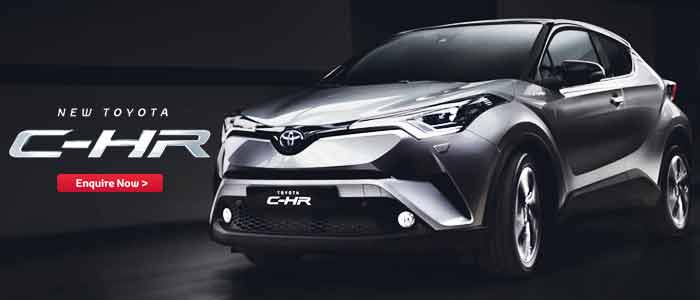All changes may not be as good as others but if certain modifications seem fruitful then one must not waste time and should accept it. Same is the case for vehicles.
Altering fluids in a vehicle is a change for the better. If a car is running on dirty engine oil, transmission fluid or anti-freeze; it is much likely to cause poor fuel economy, lower performance and overall harm to the vehicle.
Wait a minute. We forgot to mention brake fluid. Changing brake fluid is an important maintenance procedure. According to Car Junction experts, brake fluid of a typical vehicle becomes unclean and dirty in two years or less. This happens because the fluid absorbs moisture which later works its way through the hydraulic system.
If you are driving in heavy braking, hilly or mountainous conditions or when towing a trailer; the moisture in the overheated fluid evaporates which results in reduced braking efficiency. This is because the boiling point of water is lower than that of brake fluid. If the fluid is contaminated, this can happen under normal driving conditions as well. Contaminated fluid is vulnerable to vaporizing and freezing.
Brake fluid should maintain a stable viscosity throughout its operating temperature range. If it’s too thin or too thick, braking action is harmed. Beyond the vaporization hazard, moisture creates an extra dilemma for owners of vehicles equipped with anti-lock braking (ABS) systems. Rusted and corroded ABS components are very expensive to replace.
People have questions regarding the right time to change brake fluid. It is recommended that a normal replacement should be made every two years or after driving around 24,000 miles. It should be included with brake pad or shoe replacement, as a preventive measure. If it is possible, a professional brake technician should test the condition of the fluid with an accurate fluid test safety meter, which he inserts into the master cylinder reservoir to record the fluid’s boiling point.
Maintenance procedures are for the car’s overall betterment and essential for the safety of the people driving it. Try to be thorough when performing these measures to see improvements in car performance and braking.



























